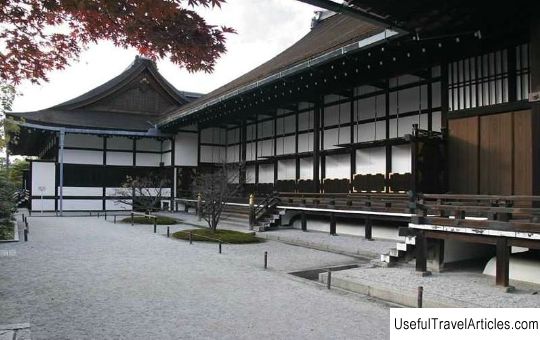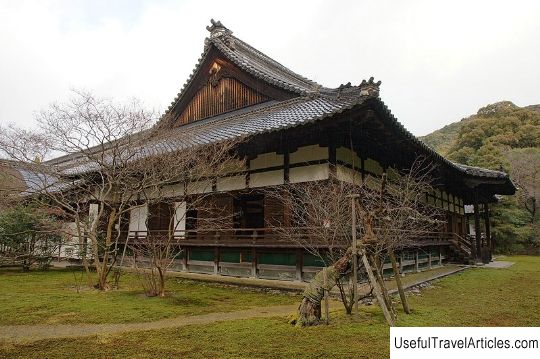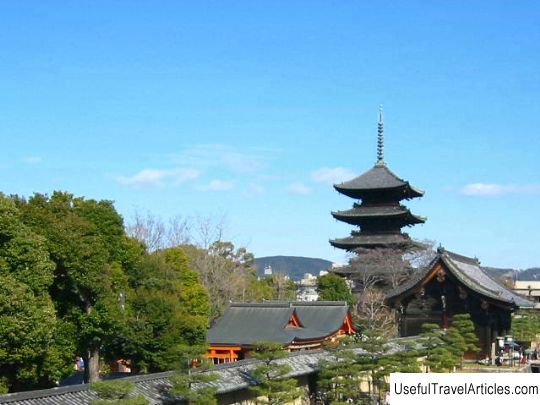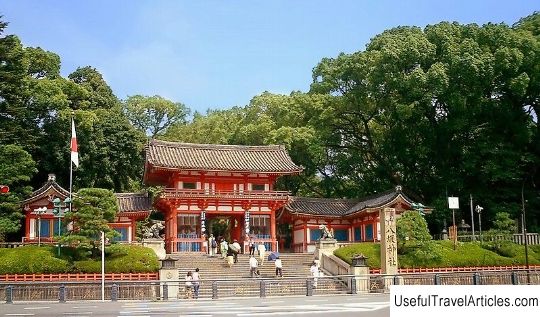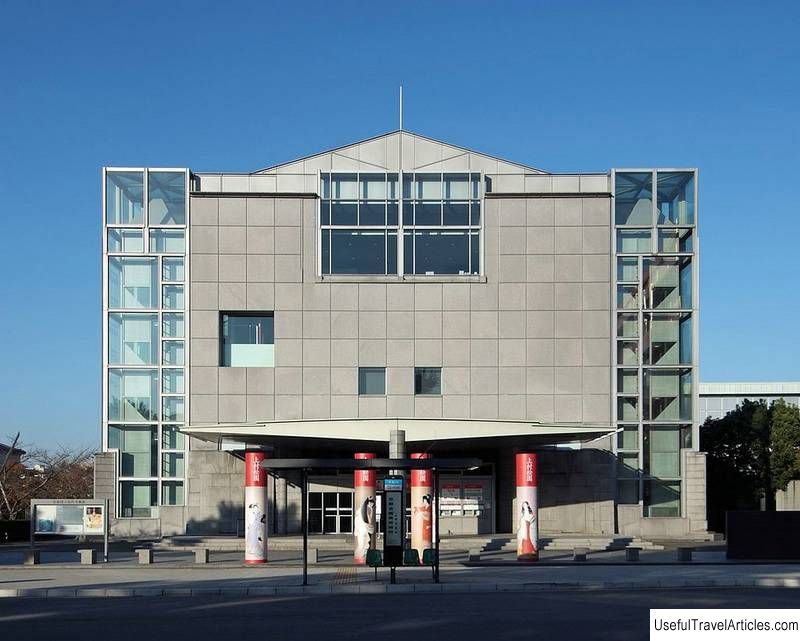Heian Shrine (Heian Shrine) description and photo - Japan: Kyoto
Rating: 7,9/10 (2500 votes) 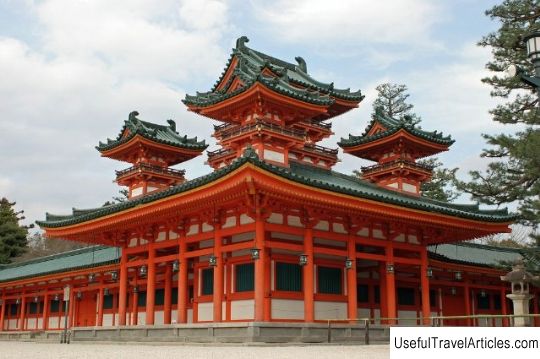
Heian Shrine description and photos - Japan: Kyoto. Detailed information about the attraction. Description, photographs and a map showing the nearest significant objects. The title in English is Heian Shrine. Photo and descriptionHeian-jingu is a Shinto shrine in Kyoto, built in 1895, in the year that celebrated the 1100th anniversary of the founding of Heian-kyo (formerly called Kyoto). In the temple, two emperors who ruled from Kyoto, elevated to the rank of deities, are especially revered. Emperor Kammu moved the capital to Heian-kyo, and Emperor Komei, in turn, moved the Japanese capital from Kyoto to Tokyo. In addition, Kammu, who ruled at the turn of the 7th-9th centuries, improved legislation, encouraged the development of science and international trade. And Emperor Komei, who already lived in the 19th century, laid the foundations for the formation of modern Japan, his endeavors were continued by Emperor Meiji. Both rulers were deified at the request of the people of Kyoto. Every year during the Jidai Matsuri ("Festival of Times") holiday, which is celebrated on October 22, from the Imperial Palace in Kyoto, a solemn procession takes the Kammu and Komei shrine to the Heian-jingu shrine. The main building of the temple is a copy of the Kyoto Imperial Palace and differs from the original only in size - it is smaller by a third. The main entrance to the temple is the Oten-mon torii gate, one of the highest in Japan. True, they are one and a half kilometers from the temple. The territory of the temple is organized in accordance with the laws of the Chinese art of feng shui: in the eastern part there is the Blue Dragon Tower, in the western part - the White Tiger Tower. The temple complex is surrounded on all sides by four gardens named after the cardinal points - North , South, West and East. The gardens cover an area of 33 thousand square meters. meters and represent the landscape art of the Meiji times.         We also recommend reading Stalin's Dacha Museum description and photos - Russia - South: Khosta Topic: Heian Shrine (Heian Shrine) description and photo - Japan: Kyoto. |
